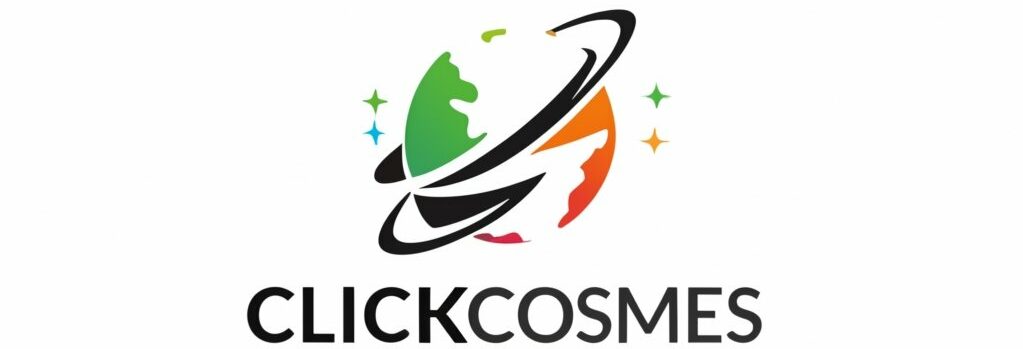In the era of remote work, the ability to manage time efficiently while working from home has become a pivotal factor in maintaining productivity and achieving a healthy work-life balance. Time-tracking tools have emerged as indispensable aids, empowering remote workers to optimize their schedules, track tasks, and enhance overall efficiency. This article explores the benefits and effectiveness of time-tracking tools in facilitating a more productive remote work environment.
Adapting to Remote Work Challenges
The transition to remote work has introduced unique challenges, including blurred boundaries between work and personal life, increased distractions, and the need for self-discipline and time management. Amidst these challenges, time-tracking tools offer a structured approach to manage time effectively and improve productivity.
Benefits of Time-Tracking Tools for Remote Work
1. Structured Time Management
Time-tracking tools enable remote workers to structure their day more effectively by allocating specific time blocks to tasks or projects. By creating schedules and setting timers for work periods, individuals can maintain focus and better manage their time.
2. Improved Task Prioritization
With time-tracking tools, users can prioritize tasks based on their importance and deadlines. By allocating time slots for high-priority tasks, workers can ensure that essential assignments receive adequate attention and completion within set timeframes.
3. Enhanced Focus and Accountability
These tools help in maintaining focus and holding oneself accountable. By tracking time spent on various activities, individuals gain insights into their productivity patterns, identifying areas for improvement and ensuring better focus during work hours.
4. Data-Driven Productivity Insights
Time-tracking tools provide valuable data and analytics on time spent on different tasks or projects. Analyzing this data helps in identifying productivity trends, understanding time-consuming activities, and making informed decisions to streamline workflows.
5. Facilitating Work-Life Balance
Efficient time management through these tools aids in maintaining a healthier work-life balance. By tracking work hours and breaks, remote workers can establish clear boundaries between work time and personal time, reducing burnout and enhancing overall well-being.
Popular Time-Tracking Tools for Remote Work
- Toggl: Offers simple time tracking with customizable task categorization and reporting features.
- Clockify: Provides free time tracking with options for project tracking, timesheets, and reporting.
- RescueTime: Automatically tracks time spent on applications and websites, providing insights into productivity and habits.
- Harvest: Allows time tracking, expense management, and invoicing for freelancers and teams.
- Hubstaff: Offers time tracking with activity monitoring, allowing teams to track time spent on tasks and measure productivity.
Tips for Effective Utilization of Time-Tracking Tools
- Set Clear Goals: Define specific goals and tasks to track and allocate time accordingly.
- Use Categories or Labels: Categorize tasks or projects for easier tracking and analysis.
- Regularly Review Data: Analyze time-tracking data to identify inefficiencies and adjust schedules for better productivity.
- Take Breaks: Incorporate scheduled breaks to prevent burnout and maintain focus during work hours.
- Stay Flexible: Adapt and refine time management strategies based on productivity insights and changing work requirements.
Conclusion
Time-tracking tools serve as invaluable assets in the arsenal of remote workers, empowering them to manage time effectively, boost productivity, and achieve a healthier work-life balance. By leveraging these tools to structure schedules, prioritize tasks, and gain insights into their productivity patterns, remote workers can navigate the challenges of remote work more efficiently and strive towards optimal performance and well-being in their professional lives.
